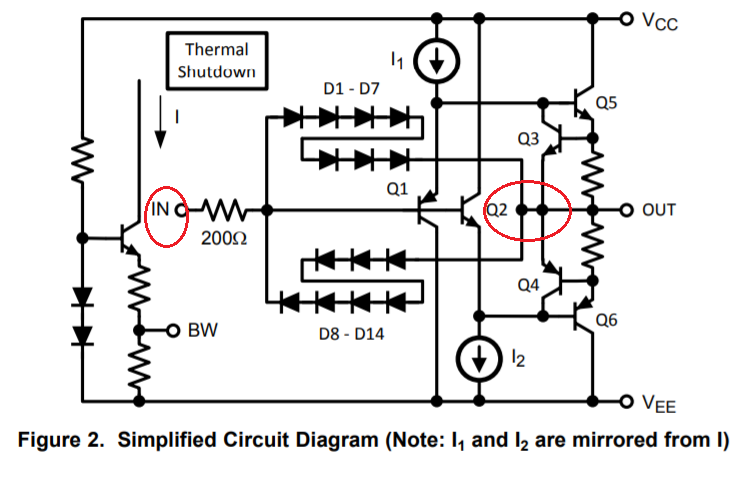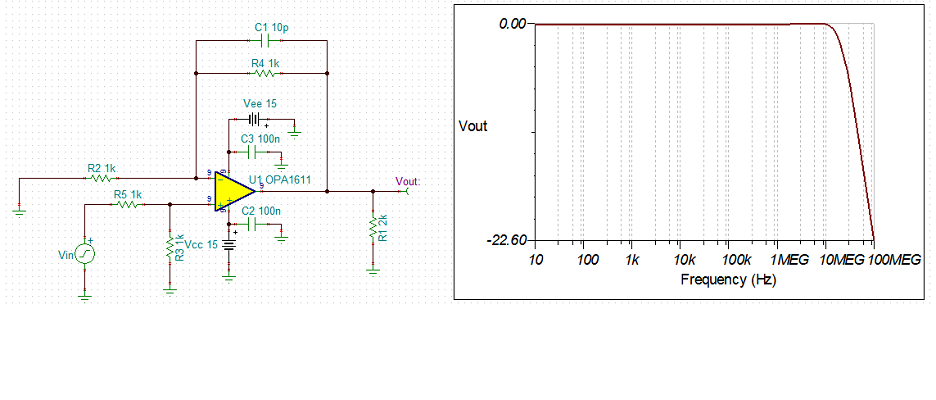Other Parts Discussed in Thread: LME49600, LME49990, OPA1612,
Hi,
I am currently working on a high performance headphone amplifier. I have found a schematic online (I added the schematic as an attachment). In the schematic it can be seen that the LME49990 and the LME49600 are used with global feedback.
Unfortunately the LME49990 has been discontinued (shame for such a nice opamp) for a while. The recommended replacement for this amplifier is the OPA1611 or OPA1612(same but 2 in one package).
Since global feedback is applied it is critical for performance and stability to know where the poles and zeroes are placed. I know that the combination of the LME49990 and LME49600 is stable, but I do not know where their poles and zeroes are placed. I also do not know where they are in the OPA1611/OPA1612. This makes it very hard for me to design an amplifier. Sometimes the openloop transferfunction is given in the spice model, but I do not know how to extract that information from the file.
Is there anyway I can find the openloop transferfunction of the OPA1611, the OPA1612, LME49600 and the LME49990 opamps?
Thanks in advance and kind regards,
Hidde
HDPH BAL.pdf




